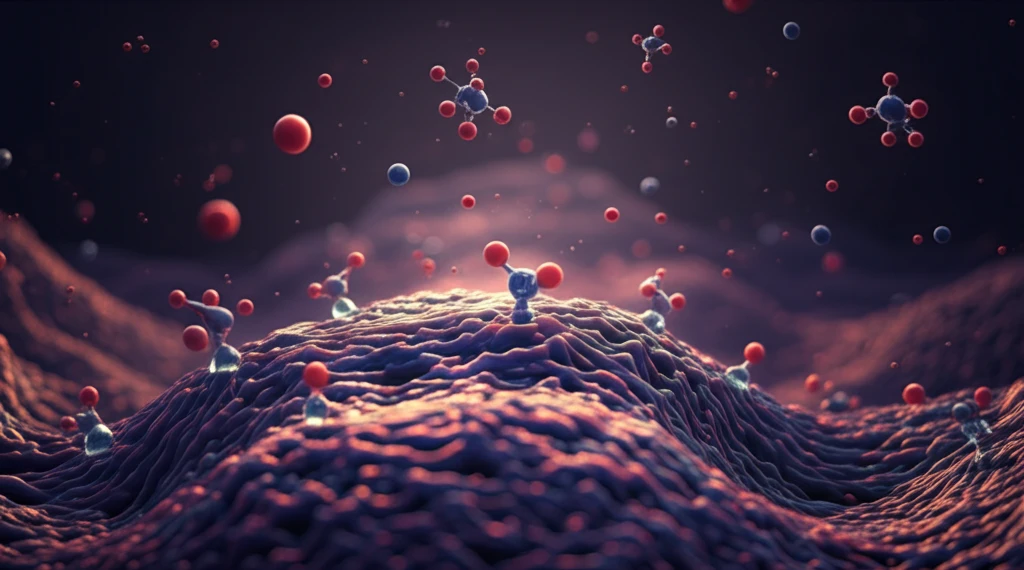
Adsorption Equilibrium: Are You Calculating Thermodynamic Parameters Correctly?
"A deep dive into the common pitfalls and best practices for estimating thermodynamic parameters in adsorption processes."
In the world of adsorption, accurately estimating thermodynamic parameters is crucial for understanding and optimizing various applications, from water treatment to gas separation. However, the seemingly straightforward calculations can be fraught with errors, leading to misleading conclusions. A recent review sheds light on these common pitfalls, offering guidance on how to ensure the reliability of your results.
The study emphasizes a critical aspect often overlooked: the proper use of the equilibrium constant (K) in the Van't Hoff equation. While this equation is fundamental for calculating thermodynamic parameters, its misuse is surprisingly widespread. The review pinpoints how incorrectly calculated equilibrium constants can skew thermodynamic calculations, leading to inaccurate values for enthalpy (ΔH°) and entropy (ΔS°).
This article aims to break down the complexities of estimating thermodynamic parameters in adsorption, offering clear insights into the correct methodologies and highlighting the consequences of common errors. Whether you are a seasoned researcher or a budding scientist, understanding these nuances is essential for achieving reliable and meaningful results.
The Van't Hoff Equation: A Foundation for Thermodynamic Calculations

The Van't Hoff equation measures the change in the equilibrium constant with variations in temperature, expressed as ΔG° = −RTLn(Ke°). Here, ΔG° represents the change in Gibbs free energy, R is the universal gas constant, T is the absolute temperature in Kelvin, and Ke° signifies the thermodynamic equilibrium constant. In simpler terms, the equation tells us how the equilibrium of an adsorption process shifts as temperature changes.
- Dimensionless Equilibrium Constant: The equilibrium constant (K) must be dimensionless for the Van't Hoff equation to yield accurate results.
- Isotherm Data: High-quality adsorption isotherms at multiple temperatures are essential for determining the equilibrium constant at each temperature.
- Best-Fit Models: Employ best-fit models at different temperatures to derive reliable equilibrium constants.
The Path to Accurate Adsorption Thermodynamics
Estimating thermodynamic parameters in adsorption processes demands meticulous attention to detail and a thorough understanding of the underlying principles of physical chemistry. By adhering to the correct methodologies for calculating equilibrium constants, and by employing high-quality experimental data, researchers can achieve reliable and meaningful results. This, in turn, enhances our understanding of adsorption phenomena and facilitates the development of more effective applications across various fields.
